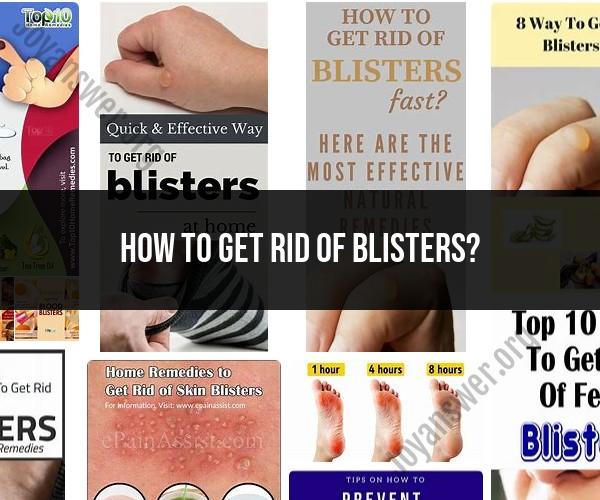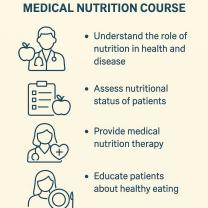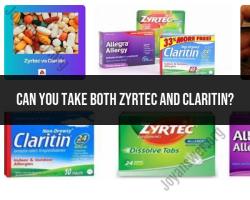How to get rid of blisters?
Getting rid of blisters involves proper care and treatment, depending on the type and severity of the blister. It's important to note that if a blister is small, painless, and not causing discomfort, it may be best to leave it alone, as the blister acts as a protective cushion for the underlying skin. However, if you need to address a blister due to pain, the risk of infection, or other concerns, here are steps to consider:
Clean Hands and Area:
- Wash your hands thoroughly with soap and water to minimize the risk of infection.
- Clean the blister and the surrounding area gently with mild soap and lukewarm water.
Avoid Popping (if possible):
- It's generally best to leave the blister intact, as the blister roof acts as a natural barrier against infection.
- If the blister is large, painful, or at risk of breaking, consult a healthcare professional for guidance on draining it safely.
Drain the Blister (if necessary):
- If the blister is causing significant discomfort or pain and needs to be drained, follow these steps:a. Sterilize a needle or pin with rubbing alcohol or heat it until it's red-hot and then allow it to cool.b. Gently puncture the blister near its edge, but avoid tearing the skin.c. Allow the fluid to drain out, but do not remove the overlying skin.d. Clean the area with mild soap and water, apply an antibiotic ointment, and cover it with a sterile, non-stick dressing or bandage.
Protect the Blister:
- Cover the blister with a sterile dressing or bandage to prevent infection and reduce friction.
- Change the dressing daily or when it becomes wet or dirty.
Pain Relief:
- Over-the-counter pain relievers like acetaminophen or ibuprofen can help alleviate pain or discomfort associated with the blister. Follow the recommended dosage instructions.
Avoid Irritants:
- Avoid activities or substances that could irritate the blister, such as tight shoes, rough fabrics, or friction-inducing activities.
Watch for Signs of Infection:
- Keep a close eye on the blister for any signs of infection, including increased redness, warmth, pain, or pus. If you suspect infection, seek medical attention promptly.
Allow Time for Healing:
- Blisters typically heal on their own over time as new skin forms underneath the blister roof. It's important to be patient and allow the natural healing process to occur.
Prevent Future Blisters:
- Take steps to prevent future blisters by addressing the underlying cause. For example, use appropriate footwear, sunscreen, or protective gear as needed.
If you have concerns about a blister, its cause, or its treatment, or if the blister is large, painful, or showing signs of infection, it's advisable to consult a healthcare professional for personalized guidance and medical care.
How to Get Rid of Blisters: Effective Home Remedies
Here are some effective home remedies for getting rid of blisters:
- Wash the area around the blister with mild soap and water. This will help to prevent infection.
- Apply a cool compress to the blister. This will help to reduce swelling and pain.
- Cover the blister with a loose bandage. This will help to protect the blister from dirt and infection.
- Avoid popping the blister. Popping the blister can lead to infection.
- Leave the bandage on until the blister drains and dries out. This usually takes a few days.
Here are some additional home remedies that may help to soothe and heal blisters:
- Aloe vera gel: Aloe vera gel has anti-inflammatory and antimicrobial properties. Apply a thin layer of aloe vera gel to the blister several times a day.
- Oatmeal bath: Oatmeal has anti-inflammatory and soothing properties. Add a cup of ground oatmeal to a warm bath and soak for 15-20 minutes.
- Chamomile tea: Chamomile tea has anti-inflammatory and antibacterial properties. Soak a tea bag in warm water for a few minutes, then apply it to the blister for 10-15 minutes.
- Honey: Honey has antimicrobial and wound-healing properties. Apply a thin layer of honey to the blister and cover it with a bandage.
Treating Blisters Safely and Preventing Infections
It is important to treat blisters safely and prevent infections. Here are some tips:
- Do not pop the blister. Popping the blister can increase the risk of infection.
- Keep the area around the blister clean and dry. Wash the area with mild soap and water several times a day.
- Apply a loose bandage to the blister. This will help to protect the blister from dirt and infection.
- Avoid touching the blister with your hands. This can spread bacteria and lead to infection.
- If the blister is large or painful, see a doctor. The doctor may drain the blister or prescribe antibiotics to prevent infection.
When to Seek Medical Attention for Severe Blisters
If you have blisters that are large, painful, or do not improve with home treatment, see a doctor. You should also see a doctor if you have any of the following symptoms:
- Fever
- Redness and swelling around the blister
- Pus or drainage from the blister
- Blisters on your face, hands, or feet
- Blisters that are caused by a burn or other injury
The doctor can diagnose the cause of your blisters and recommend the best treatment plan. This may include draining the blisters, prescribing antibiotics, or other medications.













